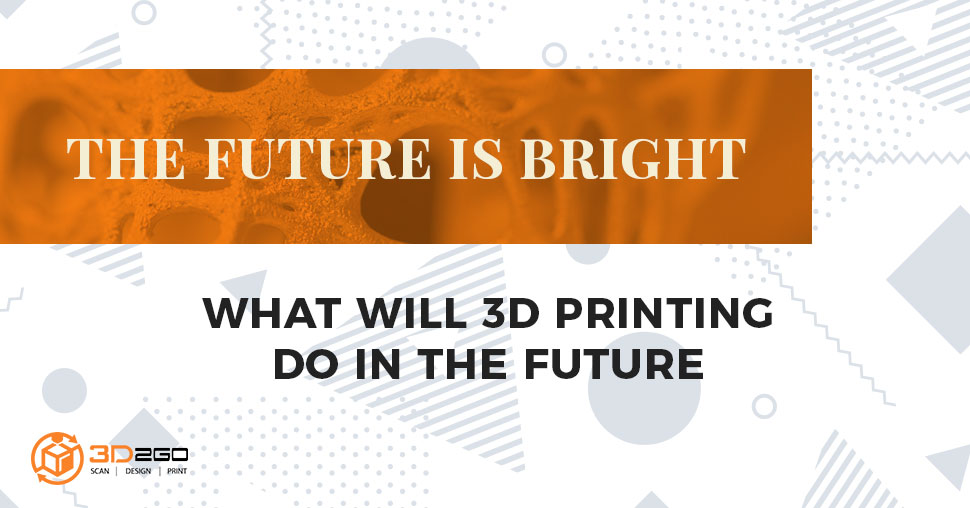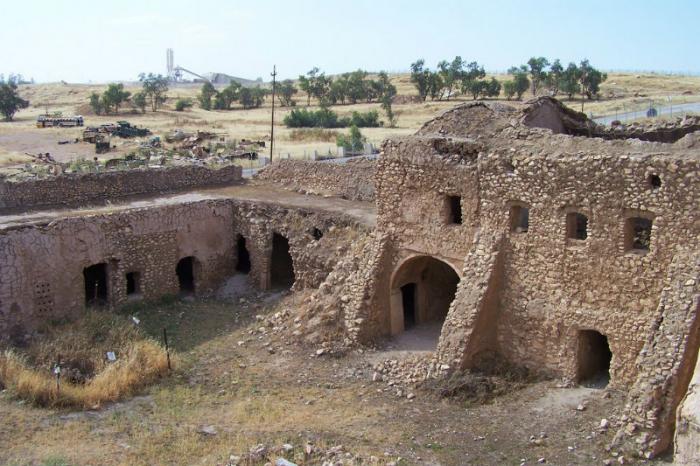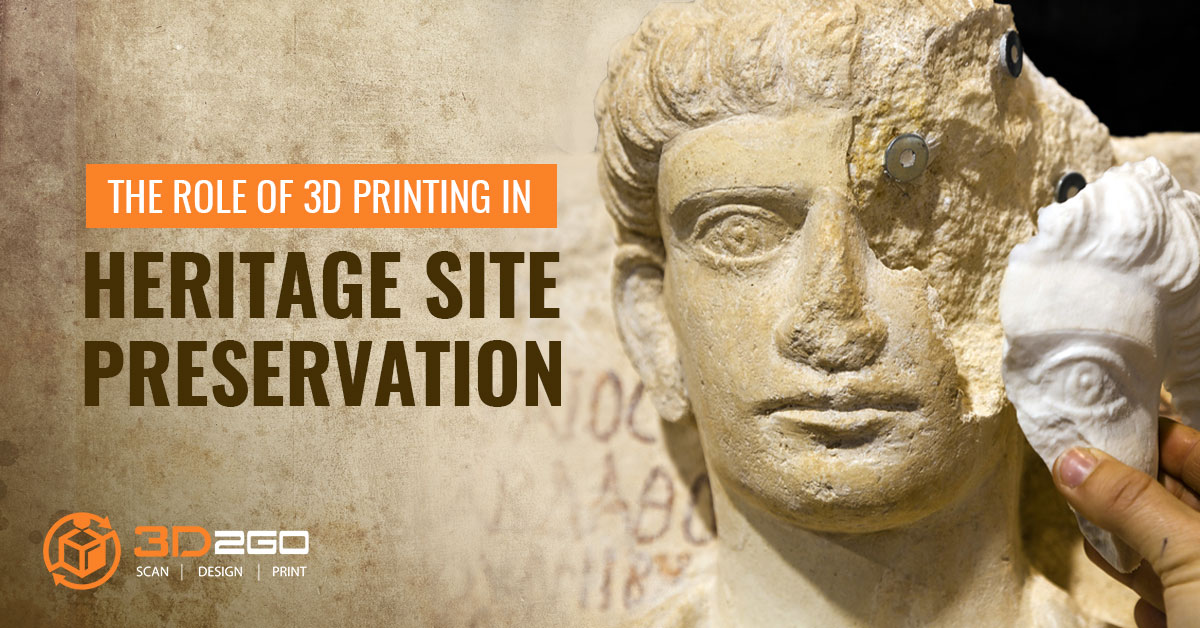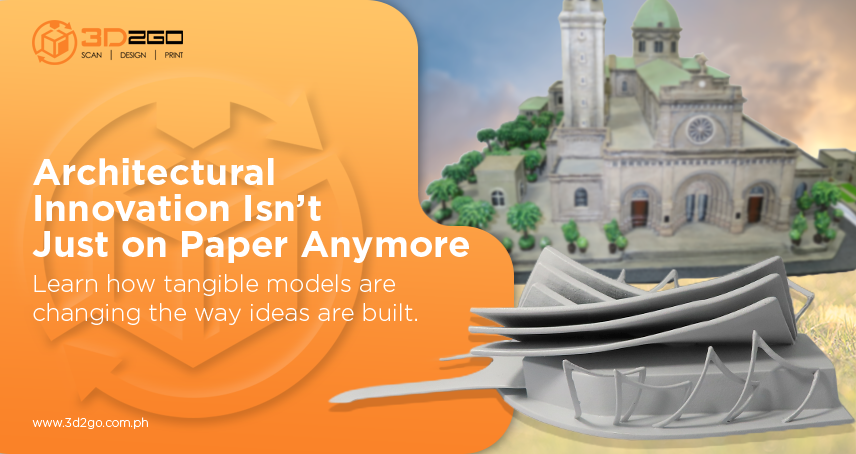
A Peek At The Future Of 3D Printing
July 24, 2022
A Guide To Online 3D Rendering Service For Fresh Archi Grads
July 25, 2022In March 2001, the Islamic terrorist organization known as Taliban blew up the Bamiyan Buddhas in Afghanistan, two of the tallest and sacred Buddha sculptures in the world. This horrific attack on an important and beautiful example of culture and religion from central Asia shocked the world. It also forever changed the landscape of cultural preservation, archaeology, and global heritage.
Even back then, we already had some of 3D printing and scanning technologies that could have allowed us to digitally document and preserve the Buddhas. However, we did not yet anticipate the scale of destruction that would leave hundreds of global heritage site wiped out in the 15 years since that event. Take, for example, the destruction of the oldest Christian monastery in Iraq last year. Islamic State group’s remorseless destruction has caused this 1,400-year-old stone sanctuary to fall down into wreckage.
With a full knowledge that these renowned sites may be destroyed without prior notice, world heritage site preservation researchers and nonprofit organizations from around the world took initial steps of making its 3D scans, architectural plans, and detailed photographic records. Advances in 3d printing heritage sites are giving preservationists a new set of tools to prevent the permanent loss of cultural artifacts.
3D printing technology are making world heritage site preservation easier and more comprehensive. Unmanned aerial vehicles are transforming our ability to document large structures and landscapes at extremely high resolution. New methods and software for 3d printing heritage sites to create accurate 3D reconstructions have made the creation of virtual reconstructions affordable for both students and the public.

St. Elijah’s monastery—a 1,400-year-old stone sanctuary—that was destroyed by ISIS. Photo source: Catholic Online
The march of 3D printing technology has certainly become a global phenomenon. Articles, found both online and offline, proudly announce the never ending benefits of 3D printed technology with regards to car production, food making and even cloning organs for medical use on a seemingly daily basis. In the field of cultural heritage and world heritage site preservation, 3d printing heritage sites have been giving some of our most endangered cultural sites a chance to be seen by future generations.
3D printing technology, can be employed in many ways to reintegrate touch, and other non-retinal senses into our cultural experiences. These multi-sensorial forms of experiencing culture also have a great benefit for the accessibility of cultural heritage, especially for persons with learning difficulties, for children, the elderly, for blind or visually impaired visitors.
3D printing technology is in the business of making rapid technological changes and promises more enhancing experiences for the field of world heritage site preservation. This actually allow us preserve places that would have been destroyed either by time or war. It’s not perfect but it would not only provide a more extensive appreciation of the world heritage site preservation models, but make it necessary to develop basic guidelines for 3D printed models.
3D printing technology will not only become vital in the field of world heritage site preservation, but also for research, documentation, preservation and educational purposes, and it has the potential to protect our cultural treasures from the ravages of war, time, and neglect.





